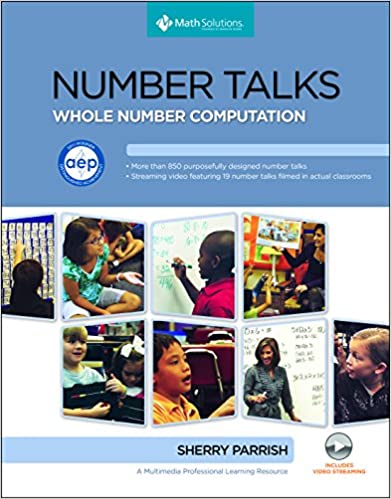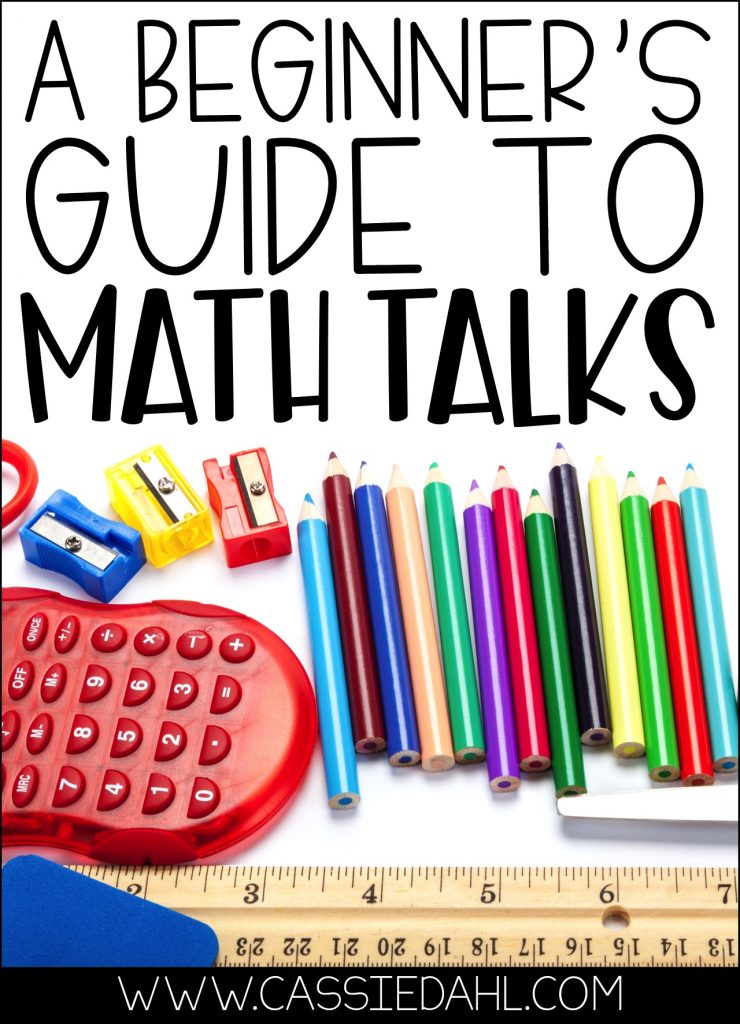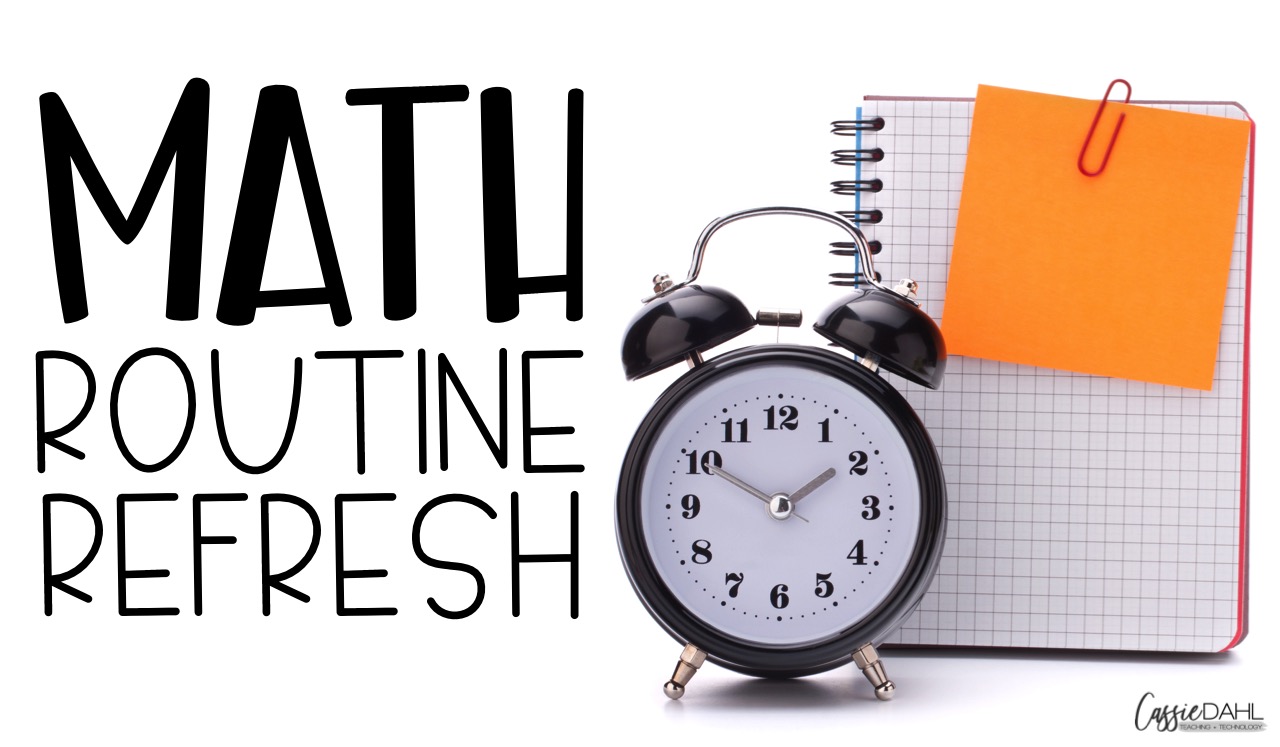
Do you use math talks in your elementary classroom? Math talks are a great way to engage students in authentic conversations about math concepts. If you want to start using math talks in your classroom or if you need to make a change to how you currently implement them, this guide will give you actionable steps for implementing math talks.
This post contains some affiliate links to make your life easier! Any purchases made through one of these links earns us a small commission. at no extra cost to you. The commission helps to support the blog so we can continue to share content and freebies with you. All views and opinions are purely my own.
What are math talks?
Math talks (also known as number talks) are quick daily practice where students solve computation problems mentally and then talk about their strategies. Students use convincing arguments and critique the ideas of their peers. This daily activity allows students to dig into why mathematical procedures work and allow them to grasp concepts. The focus during this time is all around students and their thinking.
What age level are they appropriate for?
Math talks are appropriate for every grade level. They have been successfully implemented in all grades K-12. It is important to remember that the skills students need to solve the mental math problem will need to be changed/modified to fit the grade level and abilities of the students.
How many minutes do I need to implement them?
Ideally, math talks will take less than 15 minutes. Some will go more quickly, some will take more time. It really depends on the amount of conversation that is happening between students and the amount of explanation they do for their answers.
What materials do students need?
Just their brain! Students need to put away all materials during math talks. This allows students to move from using standard algorithms to utilizing mental math strategies to solve problems.
Why are math talks beneficial to students?
Math talks facilitate communication about math between students. Math talks require students to figure something out rather than be told the steps to follow. Plus, they have to explain what they are thinking!
Steps to Implementation:
- Students put all of their materials away.
- The teacher writes a problem on the whiteboard/under the document camera. It is encouraged that teachers write the problem horizontally instead of vertically.
- Students solve the problem mentally and then signal to the teacher when they have had enough time to think (thumbs up, hands flat on desk, hands off desk, etc.). The signal should be non-obtrusive, allowing the other students time to finish thinking.
- Students are allowed to then share out their answer. The teacher records only the answer. All students can share their answer – the teacher only records answers that are different than the ones that have been recorded so far.
- The teacher then asks for students to explain how he/she figured out the problem. Students need to explain why their process works (not just describing the steps of a procedure). As the student is explaining their thinking, the teacher records the student’s thinking on the whiteboard.
- Students continue to share their explanations for how they solved the problem.
- Teachers can then prompt the rest of the class with a variety of probing questions to facilitate students communication about math. Here are some ideas; can someone explain ____’s strategy in your own words, what connections do you notice among the strategies we have shared, can anyone explain more about ____’s strategy, does anyone have a question for _____?
Extra Tips:
- Get comfy with wait time. It’s a necessary part of the activity. Wait, wait, and wait some more. This applies to after you have asked a question and also after a student has shared their thinking. Students need the time to process the explanation of their peer and/or build up the courage to share and discuss.
- Listen to your students. It is easy for us to draw a conclusion about what we think a student is trying to explain. Dig deeper and ask students questions to make sure that you understand what they are saying. Do not put words in their mouths. Our role is to record their thinking and facilitate the conversation.
- Make it a regular practice. It is important that students get familiar with the routine of completing a math talk. The more that you utilize them, the more likely your students will be to participate.
- Try to get your students to have a conversation with each other without going through you. This can be difficult and it is something that needs to be practiced. Think about your physical positioning in the classroom. Being off to the side puts you out of the spotlight, although this can be tricky because you need to record their thinking.
More Resources:
Do you want to dive into math talks more? Here are a few texts that are great supplements for your classroom. They are packed with example talks and examples of how to record student thinking!



I hope you decide to start using math talks in your classroom. Your students will begin to communicate about math, explain their thinking, and defend their reasoning.





